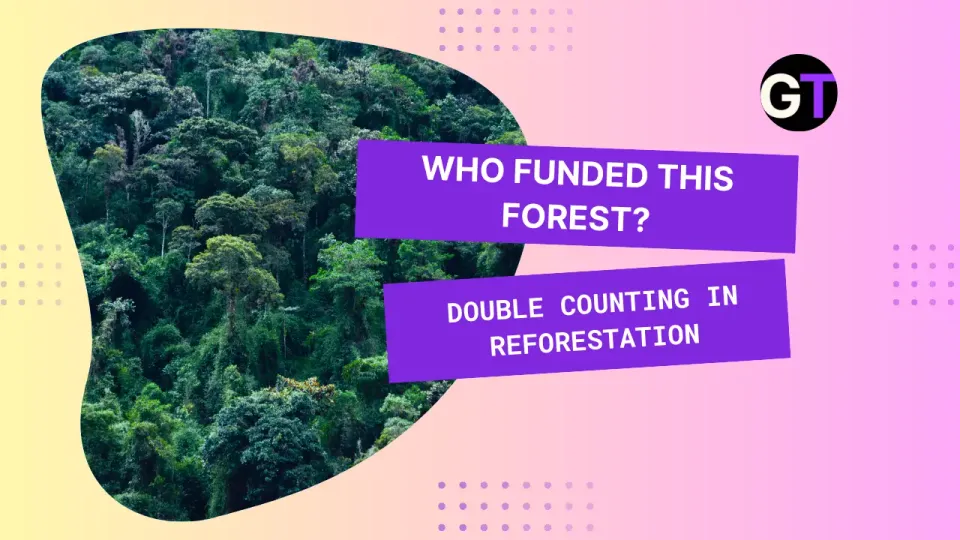Coniferous Conditions: Seedlings in the Heat🌲
These findings suggest that conifers in warmer, drier environments are particularly vulnerable as the climate continues to change.

🌍 Summary
A 2023 study by Crockett et. al. investigates the ability of seedlings from five southwestern US conifer species to survive under hot and dry conditions. These species range from warmer, drier woodlands (e.g., Pinus edulis, P. ponderosa) to cooler, wetter subalpine forests (e.g., Pseudotsuga menziesii, Abies concolor, and Picea engelmannii). The study uses hierarchical models to predict the survival rates of these trees under current and projected climate scenarios, examining how climate change impacts seedling survival and conifer demographics in the region. 🌱
🔍 The Importance of Conifer Seedling Survival
Climate change is significantly altering the regeneration rates and distribution of forests, particularly in the southwestern US. This study highlights how the survival of conifer seedlings is impacted by temperature and soil moisture variations, leading to potential range contractions and shifts in forest composition. 🌍
Why it matters: Understanding these demographic shifts is essential for preserving ecosystems and managing forest resources effectively.
How can we better protect conifer seedlings in the face of changing climates?
🌿 Current State of Southwestern Conifers
Seedlings of the five conifer species were subjected to various combinations of temperature and soil moisture in incubators, simulating hot and dry conditions.
Key findings: Models built on these data indicate that lower elevations within the species' ranges face low survival probabilities under projected climate conditions. Additionally, species that currently occupy warm, dry habitats are at greater risk of range contraction. 🌲
Impact: These findings suggest that conifers in warmer, drier environments are particularly vulnerable as the climate continues to change.
What strategies could help mitigate these risks for vulnerable conifer species?
🚀 Adapting to a Changing Climate
The study's findings suggest several strategies for mitigating the demographic challenges facing southwestern conifers:
- Identify Vulnerable Species: Conifers in warm, dry environments are more susceptible to range contraction. Forest management efforts should focus on these species.
- Forest Management: Implementing measures to reduce fire risk and manage soil moisture can help protect seedling survival.
- Conservation Planning: By considering the physiological limitations of seedlings, conservationists can plan for future vegetation changes and protect ecological diversity. 🌳
How can these strategies be implemented on a larger scale to protect diverse ecosystems?
🔓 Open Data & Code: Empowering Research
The dataset provided by Crockett (2023) on Dryad offers valuable insights into the survival rates of southwestern conifer seedlings under varying climate conditions.
Why it matters: Access to this open data encourages further research and supports efforts to develop effective conservation strategies. 🌐
Interested in exploring the data? Download the open data.




